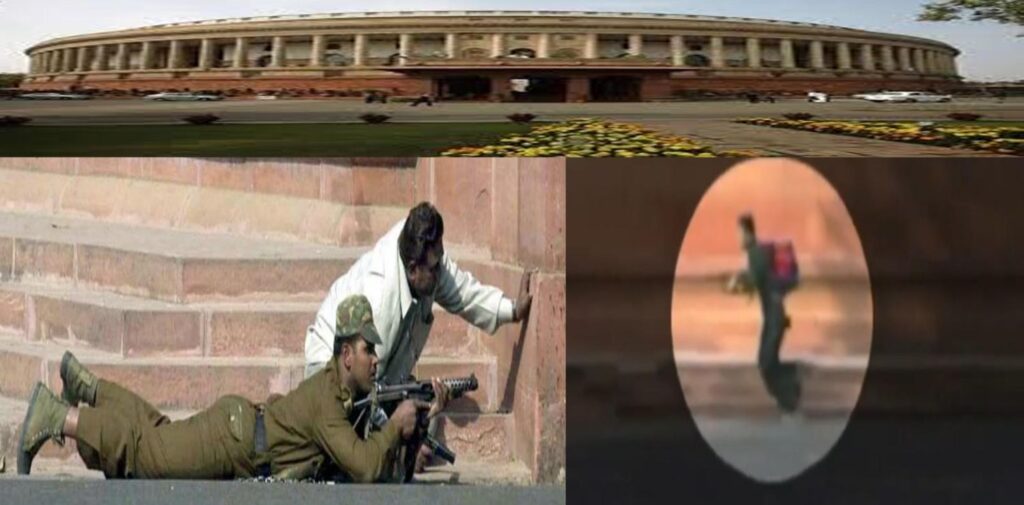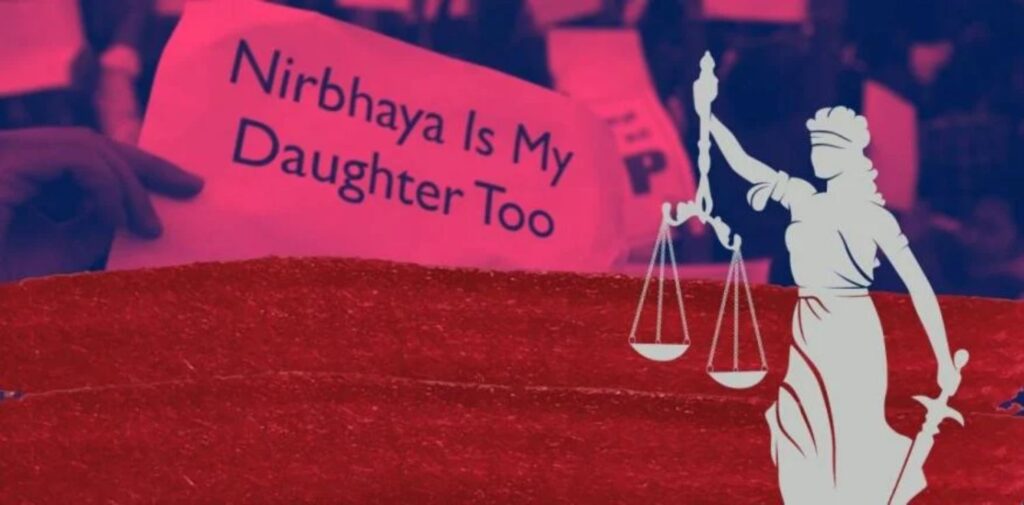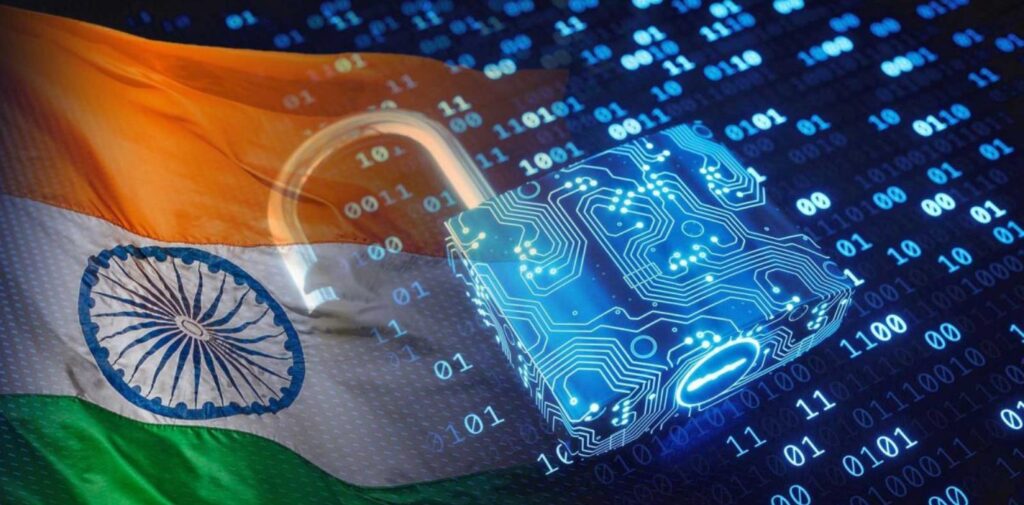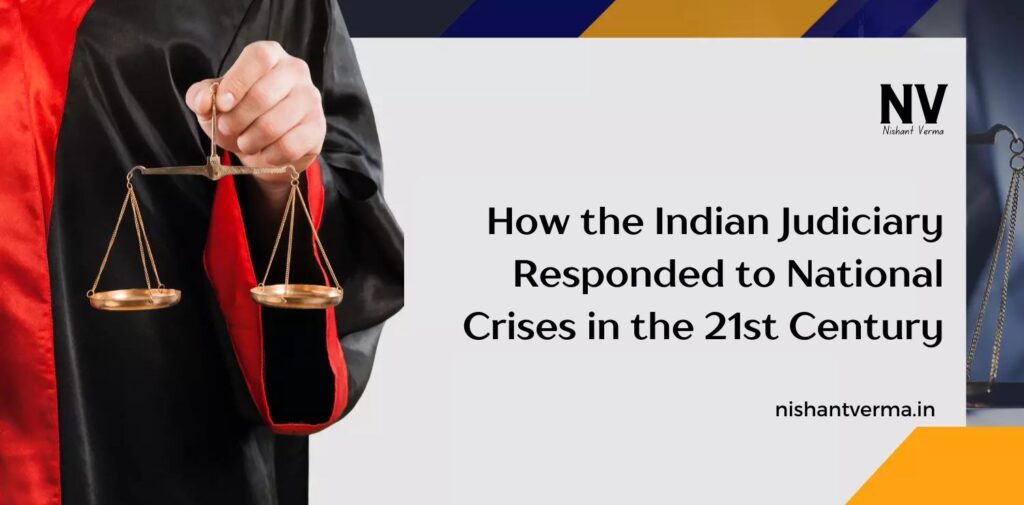The Indian judiciary has played a vital role in shaping the country’s democratic values, ensuring justice, and safeguarding constitutional rights. Over the years, especially in the 21st century, the Indian judiciary has faced numerous national crises, from political turmoil to environmental disasters, and has consistently worked towards upholding the rule of law and protecting citizens’ rights. The judiciary’s response during such times reflects its resilience, independence, and commitment to justice. This article explores how the Indian judiciary has responded to some of the major national crises in the 21st century.
Judiciary and Terrorism: The 2001 Parliament Attack
One of the most defining moments for the Indian judiciary in the 21st century was its response to the 2001 Parliament Attack. The attack, which resulted in the deaths of several security personnel and lawmakers, was a direct assault on India’s democracy. In the aftermath, the judiciary had a crucial role to play in ensuring that justice was delivered swiftly and fairly.
The judiciary’s involvement came in the form of judicial scrutiny of the investigation, the trial of accused terrorists, and decisions regarding the imposition of capital punishment. The trial, which took place in a special court, attracted global attention due to its political sensitivity. The courts were faced with the challenge of ensuring that justice was not only served but also perceived to be impartial in such a high-profile case.
The Supreme Court, after hearing appeals, upheld the death sentence for the accused, including the mastermind of the attack, Afzal Guru. His execution in 2013 sparked debates about capital punishment and its effectiveness as a deterrent. The case highlighted the judiciary’s role in balancing national security with constitutional principles, ensuring that justice was administered while maintaining a fair trial process.

Judiciary and Environmental Protection: The 2010 Commonwealth Games Scandal
Another significant crisis that involved judicial intervention was the 2010 Commonwealth Games Scandal. The corruption and mismanagement surrounding the Games raised serious concerns about governance and accountability. The Indian judiciary was called upon to investigate the alleged financial irregularities, and the role of the courts became crucial in holding those responsible accountable.
The Delhi High Court and the Supreme Court were actively involved in overseeing the investigation and the recovery of public funds that had been misused. Several high-profile figures, including government officials, were summoned by the courts, and the judiciary’s proactive stance in ensuring accountability was a turning point in public trust in the legal system. The case also led to important judgments related to transparency in governance and the handling of public funds, with the judiciary emphasizing that no one, regardless of their position, is above the law.
This crisis also saw the rise of public interest litigation (PIL), where citizens and NGOs used the judicial system to challenge corruption and advocate for better governance. The judiciary’s willingness to address these issues demonstrated its important role in upholding the values of democracy and public welfare.

Judiciary and Social Justice: The 2012 Nirbhaya Rape Case
The brutal gang rape of a young woman in Delhi in December 2012, which came to be known as the Nirbhaya case, was a watershed moment for India. The case sparked nationwide outrage and protests, demanding justice for the victim and better protection for women. The judiciary played an essential role in responding to this crisis, ensuring that the trial was fast-tracked and justice was served.
The Delhi High Court and Supreme Court intervened to expedite the trial and ensure a speedy delivery of justice. The case led to the introduction of stringent laws for the protection of women, such as the Criminal Law (Amendment) Act, 2013, which expanded the definition of sexual offenses and increased punishments for rapists. The Supreme Court also played a key role in monitoring the investigation and trial, making sure that the judicial process was transparent and accountable.
The case also brought to light the need for systemic change in how sexual violence was handled in India. The judiciary’s proactive role in the case underscored its responsibility to protect women’s rights and ensure that the legal system responded effectively to such heinous crimes.
Judiciary and the Protection of Civil Liberties: The 2016 Demonization Crisis
In November 2016, the Indian government announced the demonetization of high-value currency notes as a measure to combat black money and corruption. The move led to widespread chaos and a severe impact on the lives of millions of people, especially those in rural areas and the informal economy. As the crisis unfolded, there was widespread criticism and calls for judicial intervention.
The Indian judiciary was approached with numerous petitions challenging the legality and effectiveness of demonetization. Many citizens argued that the move violated their fundamental rights, especially the right to livelihood and the right to carry out financial transactions freely. The judiciary had to decide whether the government’s action was a reasonable exercise of power or an infringement on citizens’ rights.
In December 2016, the Supreme Court of India heard petitions on the matter and while it did not overturn the government’s decision, it did express concerns over the implementation of the policy and directed the government to take steps to alleviate the hardships faced by the common people. The case highlighted the judiciary’s role in balancing national policy decisions with the protection of individual rights.
Judiciary and Secularism: The Ayodhya Verdict (2019)
The long-standing dispute over the Ayodhya site, which was believed to be the birthplace of Lord Ram and the location of the Babri Masjid that was demolished in 1992, was another national crisis that required judicial intervention. The issue had remained a source of tension between religious communities for decades, and the courts were faced with the challenge of resolving it peacefully and impartially.
In November 2019, after years of hearings, the Supreme Court of India delivered its verdict, ruling in favor of the construction of a Ram Temple at the disputed site, while also directing the government to allocate land for a mosque in the vicinity. The decision was significant because it sought to balance religious sentiments while adhering to constitutional principles of secularism and the rule of law.
The ruling was hailed by many as a bold step in resolving a long-standing dispute and bringing closure to a volatile issue. However, it also sparked discussions on the role of the judiciary in dealing with sensitive matters that have deep social, political, and religious implications. The judiciary’s careful navigation of this case demonstrated its role in maintaining national harmony and ensuring justice for all, irrespective of religious beliefs.

Judiciary and Digital Rights: The Right to Privacy and Data Protection
In recent years, another significant national issue that the judiciary responded to was the matter of digital rights and privacy. The rise of digital platforms, social media, and government surveillance raised concerns about individual privacy. In 2017, the Supreme Court of India ruled that the right to privacy is a fundamental right under the Indian Constitution, marking a crucial moment in the protection of personal data.
This ruling was pivotal in shaping laws related to data protection, including the drafting of the Personal Data Protection Bill, which aims to regulate the collection and use of personal data by both the government and private entities. The judiciary’s response in this case has been instrumental in ensuring that citizens’ rights to privacy are safeguarded in the digital age, where data is increasingly becoming a valuable commodity.
Conclusion: The Indian Judiciary
The Indian judiciary has consistently demonstrated its ability to respond effectively to national crises, whether they are related to terrorism, social justice, political decisions, or personal rights. In each of these cases, the courts have played a central role in upholding the rule of law, ensuring accountability, and protecting the fundamental rights of citizens. Despite challenges and criticisms, the judiciary remains a cornerstone of India’s democratic framework, providing a check on government power and ensuring that justice is accessible to all, regardless of their background or status.




